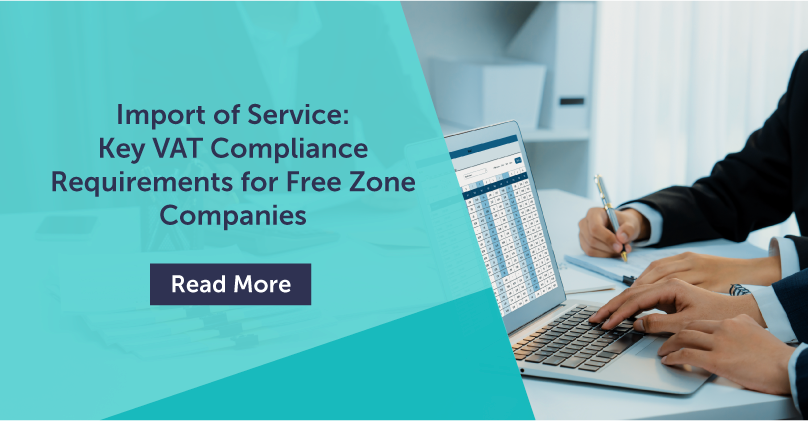Fixed Asset Management Services in Dubai, UAE.
Our Role in Fixed Asset Management
With over 20 years of experience in the UAE market, CLA Emirates (formerly Emirates Chartered Accountants Group) offers expert Fixed Asset Management services tailored to your business needs.

Call for Consultation
Arun Sankaran | Associate Director - Management Accounts
+971 50 198 4860
Arun.Sankaran@CLAemirates.com

Fixed Asset Management in the UAE can be done with the support of CLA Emirates [formerly Emirates Chartered Accountants Group] Group who shall ensure that your fixed assets are maintained in the appropriate way. We provide the following services with respect to fixed asset management in the UAE:
1. Support in the Maintenance of the Fixed Asset Register
We assist in maintaining the Fixed Asset Register at all Inter-Companies and Head Offices. The Register at the Head Office will include details such as location, custodian of the assets, date of purchase, item code, voucher number, cost, depreciation, depreciation charged, details of disposal (if any), and asset reference number. The Registers at Divisions will include fixed asset code number, date of purchase, cost price, and transfer/disposal/sale details with dates.
2. Review of Fixed Asset Register Maintained by the Client:
We review the fixed asset register maintained by the client and suggest corrections if necessary. We ensure that the Register includes all required details for satisfactory asset maintenance. The location mentioned in the register will be cross-verified to ensure effective management control over the assets. Our team will physically verify the existence of assets mentioned in the Register and note them accordingly.
3. Training the Staff on the Process for Raising an Indent
We provide training to staff on how to raise requests for new fixed assets, including listing existing fixed assets of the same type, the need for purchase, and the estimated cost of the requested purchase. The division manager will prepare an analysis detailing the name and address of suppliers, description of items, cost, payment terms, credit period, and justification for the supplier selection.
4. Supervising the Accounting of Fixed Assets
We supervise the accounting of fixed assets, ensuring the creation of ledgers for each asset class, the computation of depreciation, and proper accounting for the acquisition and disposal of assets. Asset classes include furniture and fixtures, tools and equipment, computer/software, buildings, etc., according to the nature of the business. Depreciation rates will be determined in consultation with management, considering the nature of the asset, type of usage, and replacement value analysis. We ensure compliance with IFRS in all accounting entries.
5. Accounting of Revalued Assets
We ensure that assets revalued by a qualified valuer are appropriately accounted for, with proper allocation to the revaluation reserve. We verify the calculation of revised depreciation on these assets to ensure compliance with applicable standards.
6. Proper classification of Capital Work-in-Progress
We ensure that capital work-in-progress is transferred to the relevant asset category upon completion, with expenses classified and allocated appropriately. The total value of each asset will be recalculated to ensure accurate reflection in the financial records. We cross-verify that expenses are directly attributable to the definition of fixed assets, with unrelated expenses written off, and confirm the timing of asset transfers from WIP.
7. Asset Tagging
We assist in tagging fixed assets by assigning a unique asset barcode or RFID to each item and updating the system with physical location details. Tagged assets will be reconciled with the existing asset register, and any discrepancies will be reported. The initial investment in asset tagging will provide ongoing benefits by reducing the risk of asset loss or theft and ensuring a complete audit trail.
8. Physical Verification
Our team conducts onsite verification of fixed assets to ensure that assets recorded in the books are physically present on the company’s premises or under its custody. We assess existing control procedures, benchmark them against industry best practices, conduct a gap analysis, and provide a comprehensive report with recommended improvements.
By leveraging CLA Emirates’ expert support, your organisation will benefit from enhanced accuracy, transparency, and compliance in fixed asset management. Our comprehensive approach—from verification and supervision to tagging and reporting—ensures your asset records are reliable and aligned with industry best practices. This partnership not only safeguards your investments but also streamlines future audits and decision-making, giving you the confidence to focus on your core business objectives.
